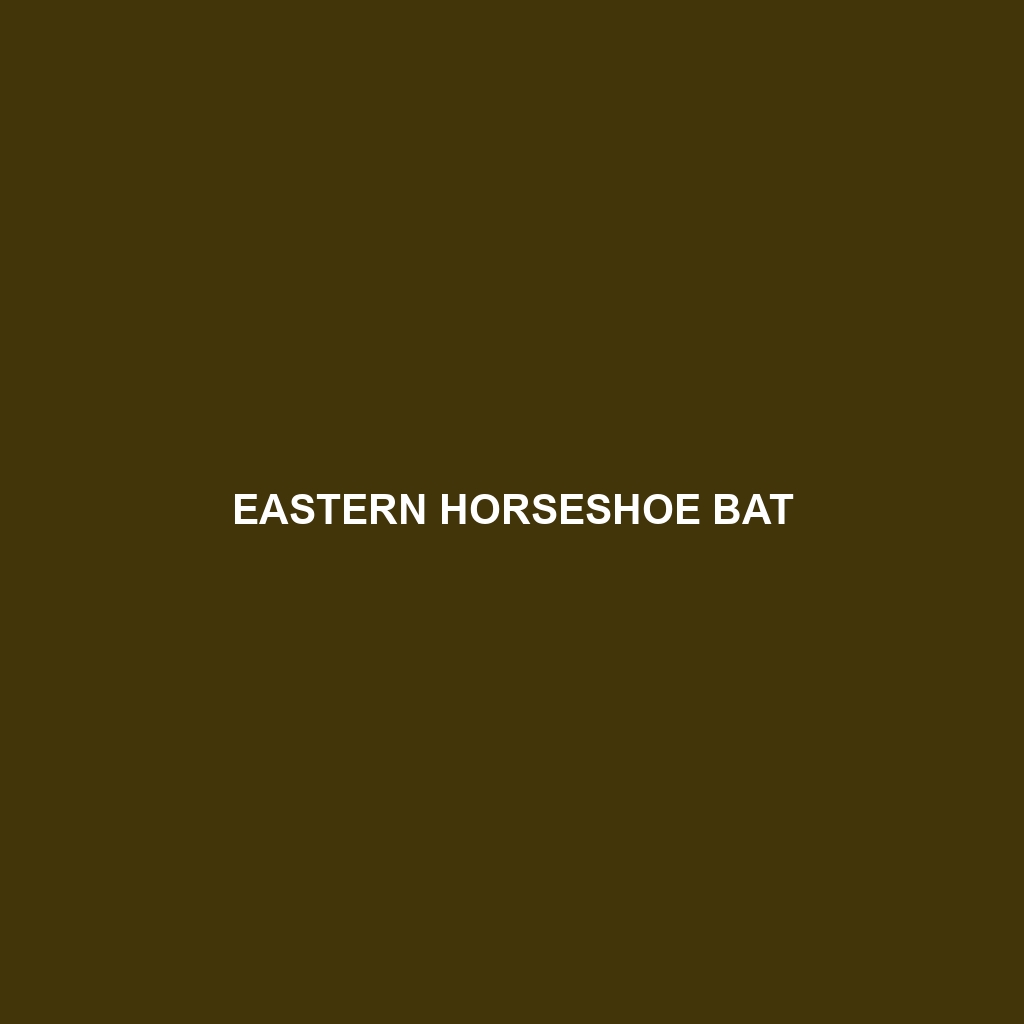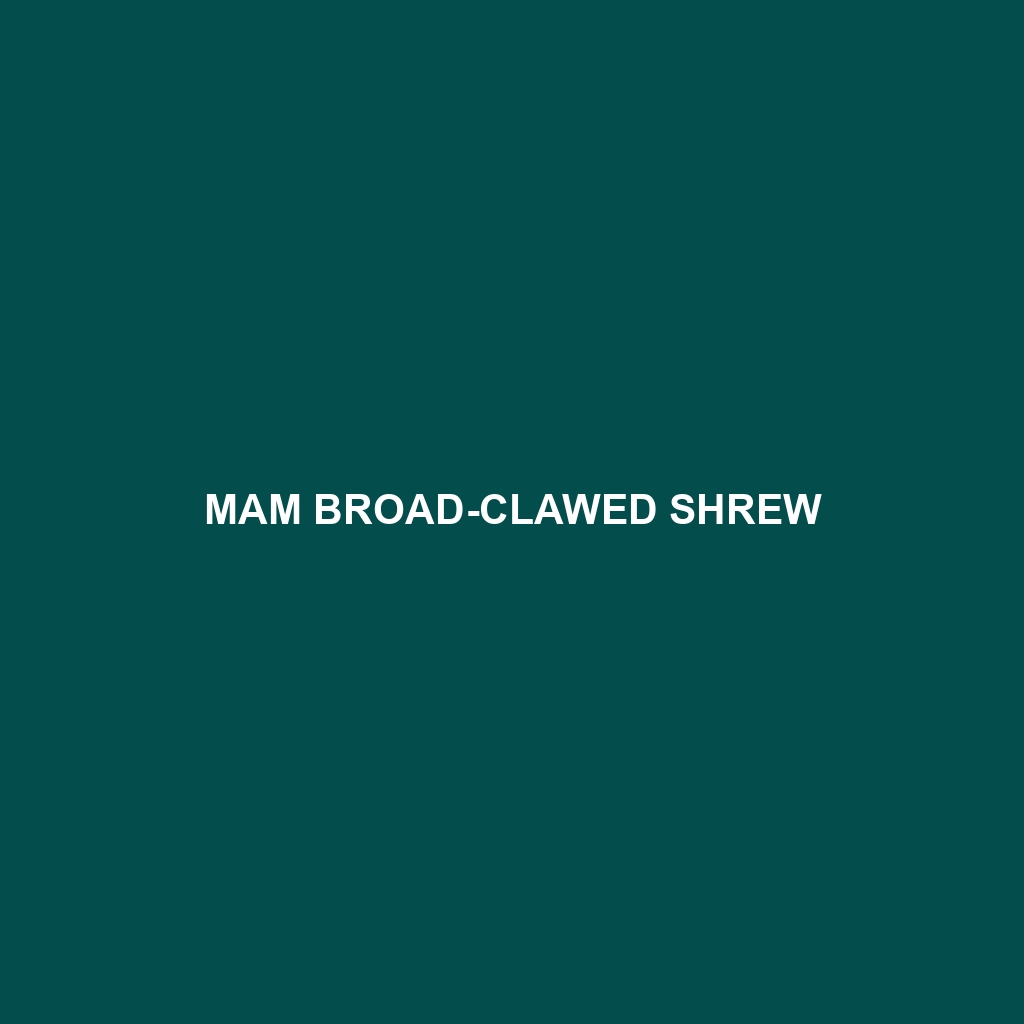Swinhon's Skink (Diploderma swinhonis), a vibrant, semi-arboreal reptile native to the temperate forests of eastern Asia, known for its smooth, glossy skin and omnivorous diet. This vulnerable species plays a crucial role in its ecosystem, controlling insect populations while adapting to a life of both solitude and social interaction.
Tag: eastern Asia
Beringian Ermine
Discover the intriguing world of the **Chinese Pygmy Weasel** (*Mustela davidi*), one of the smallest members of the mustelid family, native to Eastern Asia. This solitary and agile predator plays a crucial role in controlling rodent populations in its habitat, characterized by dense grasslands and forested areas. Learn about its distinctive features, dietary habits, and conservation status in our comprehensive species overview.
Weber’s Myotis
Discover the intriguing world of Weber's Myotis, a unique bat species found in Europe and East Asia, known for its nocturnal habits, social behavior, and agile flight. With a diet primarily consisting of small flying insects, this medium-sized bat plays a vital role in controlling pest populations and maintaining ecosystem health. As a vulnerable species, understanding and conserving their habitats is crucial for their survival.
Japanese Barbastelle
Discover the intriguing world of the Japanese Barbastelle, a vulnerable bat species endemic to eastern Asia, including Japan and Taiwan. With its unique heart-shaped ears and agile flight, this nocturnal predator plays a crucial role in controlling insect populations while facing threats like habitat loss. Learn more about its habitat, behavior, and the conservation efforts needed to protect this remarkable creature.
David’s Myotis
Explore the intriguing world of David's Myotis (Myotis davidii), a medium-sized bat native to eastern Asia. Discover its unique habitat preferences, striking physical characteristics, and vital role in pest control through its nocturnal hunting behaviors. Learn about its vulnerable conservation status and fascinating life cycle, including its impressive ability to consume half its body weight in insects each night.
Mehely’s Horseshoe Bat
Explore the intriguing world of the Eastern Horseshoe Bat (*Rhinolophus lepidus*), a medium-sized bat known for its unique horseshoe-shaped noseleaf and remarkable echolocation abilities. Found in the temperate forests of Eastern Asia, these nocturnal creatures play a vital role in controlling insect populations and maintaining ecological balance. Learn about their habitat, diet, reproduction, and the conservation challenges they face in the wild.
Andaman Horseshoe Bat
Discover the fascinating world of the **Croslet Horseshoe Bat**, a vulnerable species thriving in the forests and caves of Eastern and Southeastern Asia. With its distinctive horseshoe-shaped nose and impressive echolocation skills, this nocturnal predator plays a crucial role in insect population control. Learn about its unique behaviors, diet, and the conservation efforts needed to protect this remarkable bat from habitat loss.
Blind Small-eared Shrew
Discover the fascinating world of the **Blind Small-eared Shrew** – a remarkable mammal known for its burrowing prowess and unique adaptations. Inhabiting temperate forests across **North America** and **eastern Asia**, this nocturnal insectivore plays a crucial role in maintaining ecological balance while facing threats from habitat loss. Learn about its physical traits, behaviors, and conservation status in our latest blog post!
Wandering Small-eared Shrew
Discover the fascinating world of the **Wandering Small-eared Shrew**, a tiny yet remarkable mammal found in damp habitats across North America and Asia. With distinctive large ears and a diet consisting primarily of insects, this nocturnal creature plays a vital role in its ecosystem. Learn about its unique behaviors, reproductive habits, and the urgent conservation efforts needed to protect this vulnerable species.
Mam Broad-clawed Shrew
Discover the fascinating world of the **Mam Broad-clawed Shrew**, a nocturnal creature found in the temperate forests of Eastern Asia. With its distinctive broad claws, this small mammal plays a crucial role in its ecosystem by controlling insect populations and aerating the soil. Learn about its unique behaviors, habitat preferences, and the conservation efforts needed to protect this vulnerable species.









